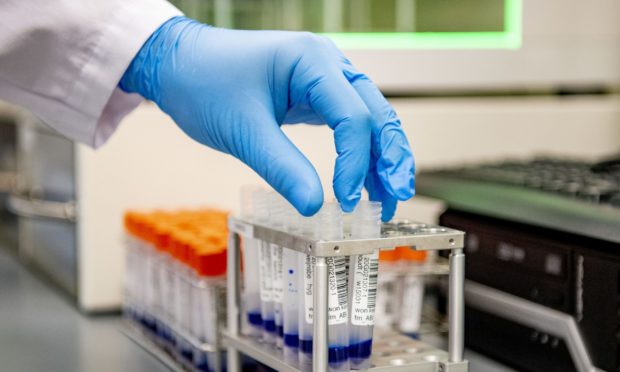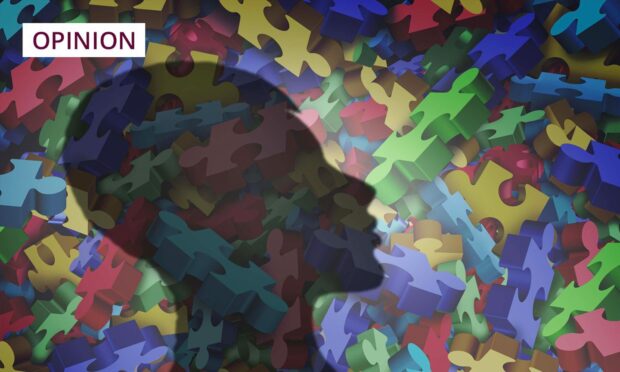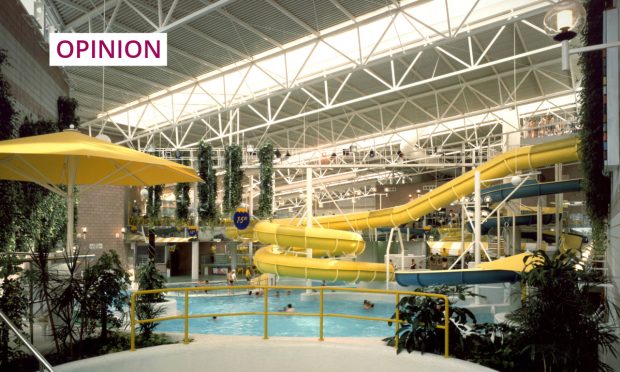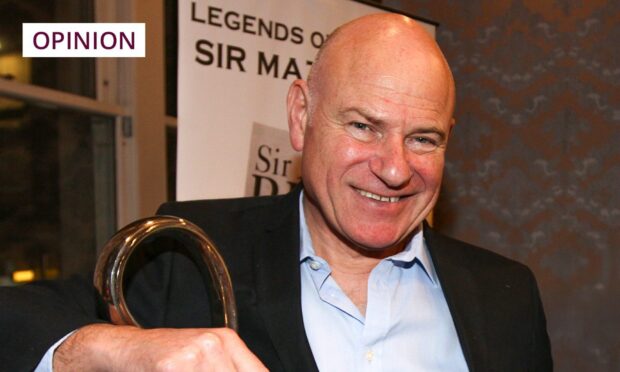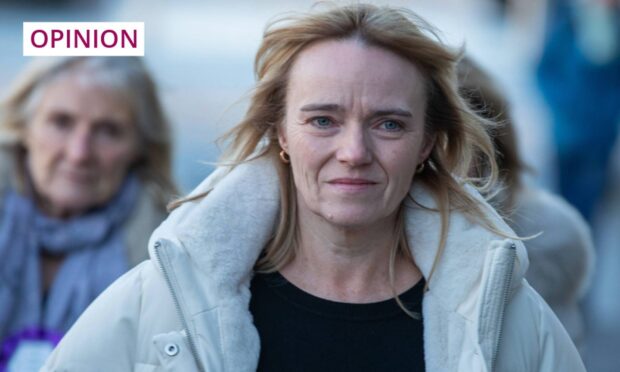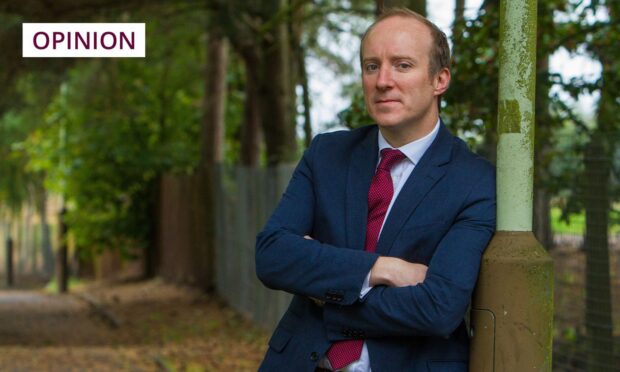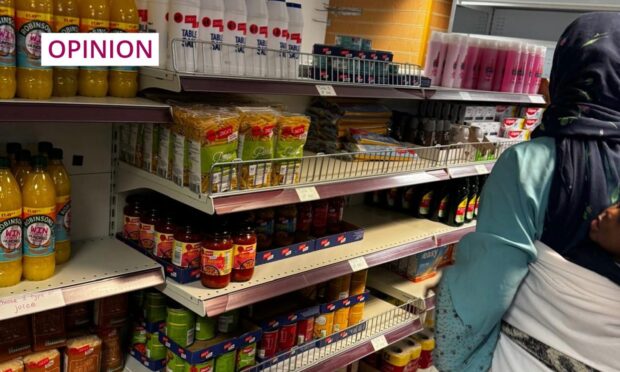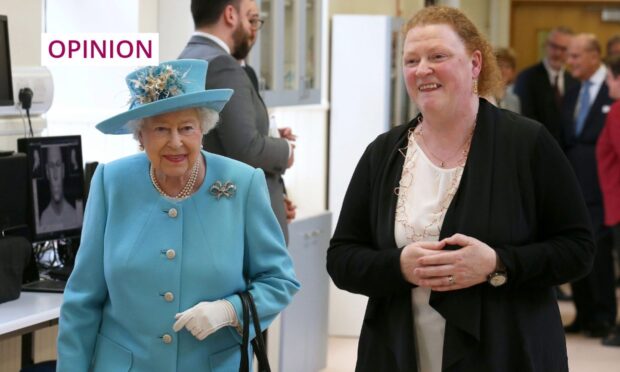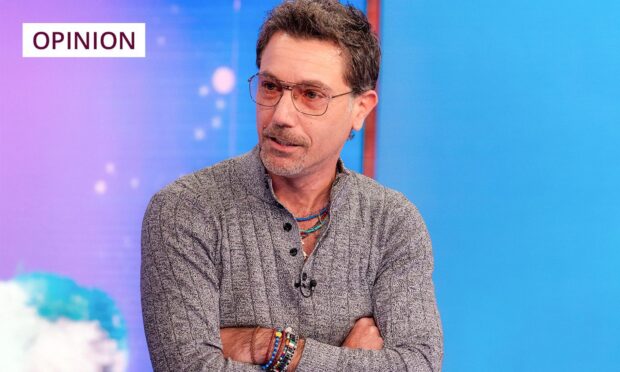Sir, – The current search for a vaccine for Covid-19 is intensifying.
When it arrives it will be an enabler for us all to escape this lockdown, and is greatly appreciated.
It will take some time, probably months, to develop and validate the results, to check for no unintended consequences, to manufacture in vast quantities and finally to engage in the mass vaccination program.
But this vaccine will help prevent further reoccurrences if, and only if, the uptake rate is greater than 95%.
Therefore, reports that uptake of current vaccines have dropped of to below WHO recommended 95% level, particularly in England, are more than concerning.
Would this be an opportunity to start the ‘catch up’ on the outstanding vaccines for example MMR, TB, Diphtheria and Tetanus?
A notice to those families that have not previously taken up the offer of vaccines would be a first step.
It could help to iron out any issues with the vaccines delivery systems prior to the Covid vaccine being deployed.
With the current workload in the NHS, this is maybe a little premature.
But it may be something to be considered in two to three months time.
A vaccine is only as good as its uptake.
Alistair Ballantyne.
Birkhill,
Angus.
Has lockdown been lifted?
Sir, – I’d like to apologise to my family and friends for not having been round since the lockdown was lifted.
Wait, what? Are you seriously telling me it’s not been removed?
It must just be round my way then as there’s lots of neighbours having more visitors than they did before lockdown – and having their grandchildren over as well – and others out and about with no protective gear whatsoever.
Also,on my essential weekend shop I waited even longer than usual to access the store as several customers queued up like they were going to visit Noah – two by two and in one case three.
When will people realise this is not a game?
Start respecting what you’ve been told to do.
I can’t believe that we’re already considering coming out of lockdown.
We must go through this month of May and then have a look at a possible, gradual re-integration into society.
Eric Travers.
38 Gellatly Road,
Dunfermline.
Claptrap about carer clapping
Sir, – Two recent letters suggested Clapping for Carers was a UK Government idea designed as a distraction to ward off any criticism of the handling of the Covid-19 crisis.
The idea actually came from Annemarie Plas, who lives in Brixton.
She is from the Netherlands and was delighted at how well clapping from her own countrymen boosted the morale of Dutch medical staff and so launched the idea in the UK.
Please, no more fairytales to boost your own political agenda.
D Adams.
Kirklands Park,
Cupar.
Two metre rule is far too much
Sir, – On social distancing, here are a few facts from the Continent.
In some German laender the social distancing rule is 1.5 metres. In Austria it is now only one metre.
In Switzerland, grandparents are allowed to hug their under-10 grandchildren, which does their immune system good by reducing stress.
It is time for the Scottish Government to show some guts and deviate substantially from the dodgy London ‘science’, if only for their own electoral good.
If the two-metre dogma is abandoned, some retail outlets and construction sites can be reopened and outside supermarkets customers, sometimes at the mercy of the elements, can enter faster, instead of having their health put at risk through long waits.
George Morton.
29 Hudson Road,
Rosyth.
What about care partnerships?
Sir, – Has anyone asked about the role of the expensively assembled Health and Social Care Partnerships developed when Ms Sturgeon was Health Secretary which have responsibility for commissioning care home places and care at home.
Where were their plans for a pandemic?
Why are they not being held to account for the gaps in planning and resources.
They are led and managed by some of the most highly paid people in the care sector but the figures of deaths in care home – and what about those ill and dying at home supported by care at home staff – suggests they have been inept.
It would be good to have some answers as these partnerships moved these services from locally controlled and accountable local authorities to a system controlled and directed from Holyrood and which operates in opaque circumstances.
John Davidson.
98 Caesar Avenue,
Carnoustie.
Money is not behind success
Sir, – Sometimes, correspondents can put others right on the facts.
For instance Nick Cole attacked Jenny Hjul’s article on education, saying arguments should be based on “rationality and fact”.
Mr Cole maintained there was “an unequal lack of resources” between the two.
He has got his facts wrong.
It is not better resources which make the difference between private and state schools; it is a different ethos for learning throughout the system.
Because standards of education in Scottish state schools have fallen so drastically since the 1950s and continue to plummet, more and more parents are almost bankrupting themselves to send their children to the private sector.
The Scottish Government keeps throwing more and more money at the state sector and the possibility for all the advantages mentioned by Mr Cole are there, but the funds are not directed to where they are needed.
Instead, they are wasted on our educationists’ pursuit of idealistic and unattainable goals involving social engineering.
The original aim of Scottish state education was to give all children equal educational opportunities – a perfectly sound aim, well-nigh attained prior to the 1950s.
But now the goalposts have been moved, with the aim being to make all children equal. But they are not! The result has been chaos and decline.
Private schools start off with a big advantage – all the children are motivated to learn and have their parents behind them, interested and encouraging.
Their second advantage is that private schools have not succumbed to the fad for social engineering and constant change.
They have seen how successful the old system was and continue to teach along the same lines. Money and resources have nothing to do with it.
When I was principal teacher of French at Perth Academy and had introduced a new course, teachers from a local private school asked me if they could have the old course books because they could not afford to replace their worn-out ones.
No, not money, not resources, just a different approach to education altogether – much superior to that of our current politically motivated bosses in education,
George K. McMillan.
5 Mount Tabor Avenue,
Perth.
